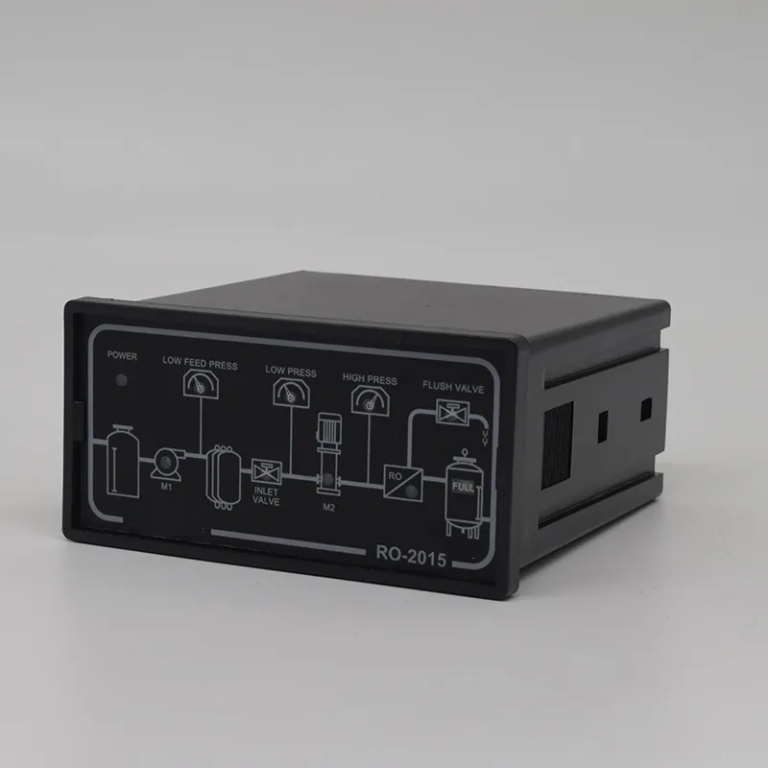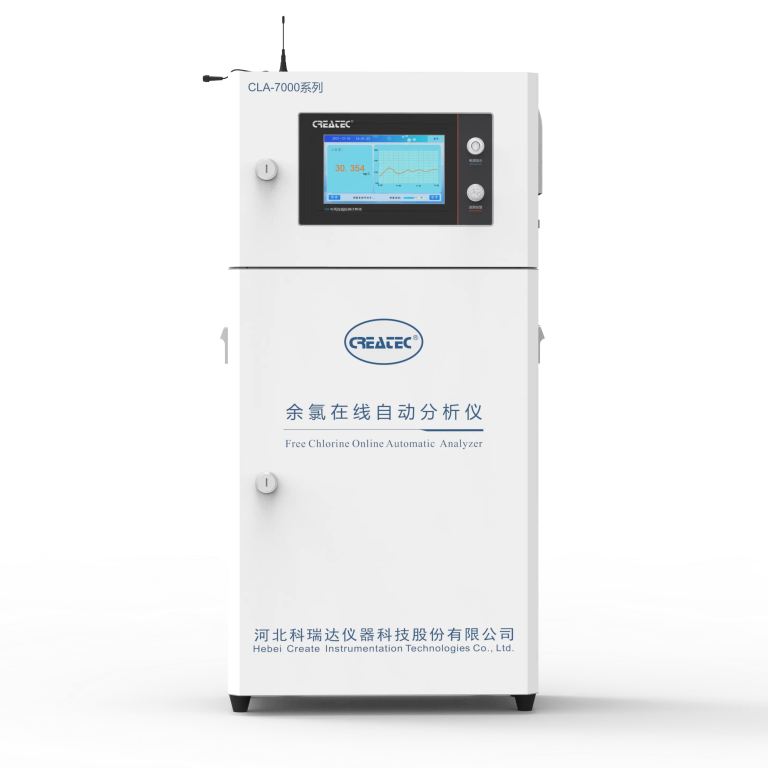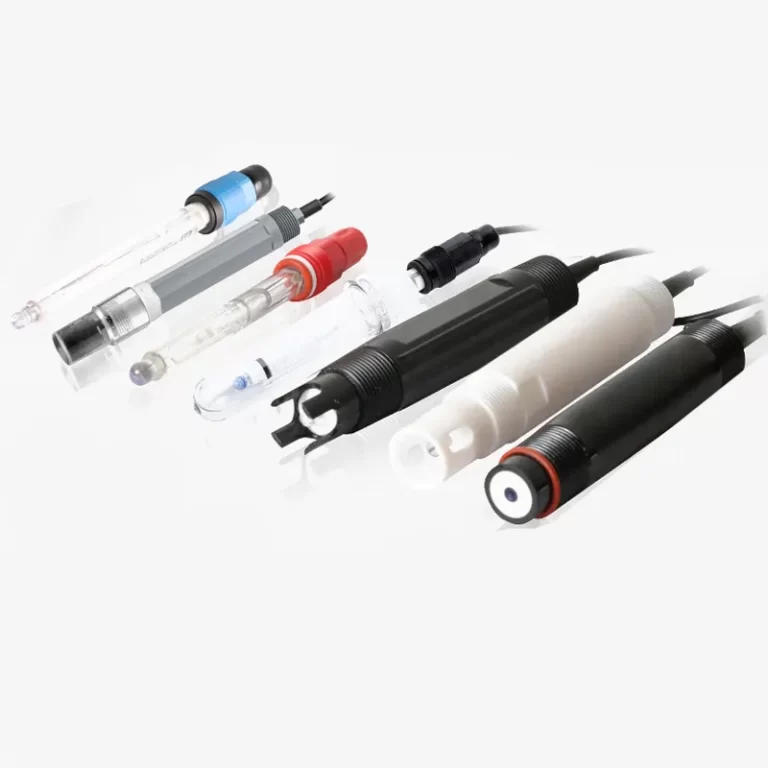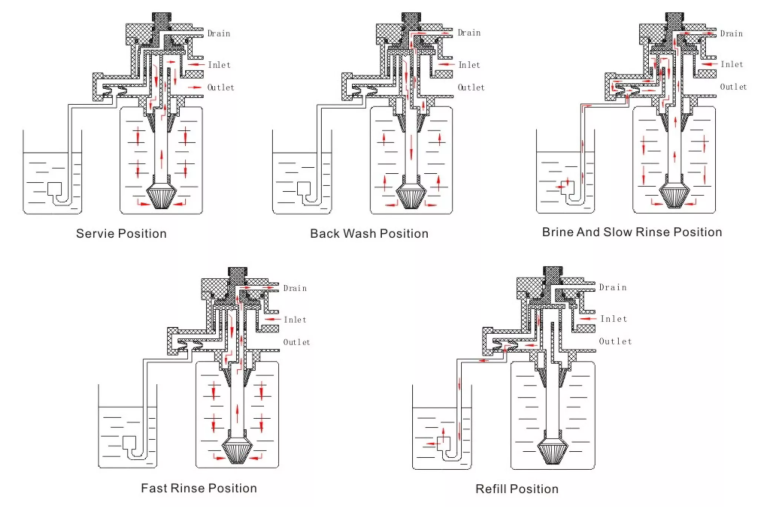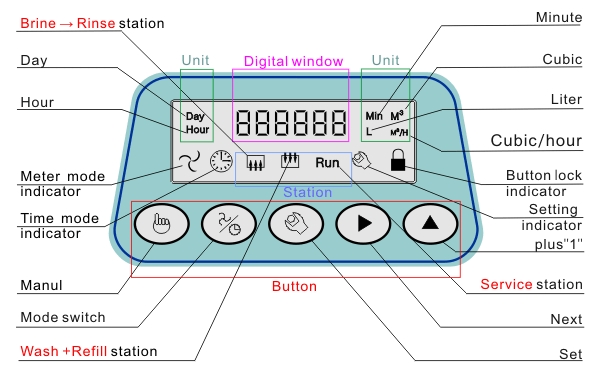“Pure water, lead-free life.”
The Effectiveness of Water Filtration Systems in Removing Lead
Water is an essential resource for our daily lives, and ensuring its purity is of utmost importance. One of the most concerning contaminants found in water is lead, a toxic metal that can have severe health effects, especially in children. With the increasing awareness of the dangers of lead exposure, many people are turning to water filtration systems as a means to protect themselves and their families. But do these systems effectively remove lead? Let’s delve into the effectiveness of water filtration systems in removing lead.
To understand the effectiveness of water filtration systems in removing lead, it is crucial to first comprehend how lead enters our water supply. Lead can leach into water from various sources, including old plumbing systems, lead-based solder, and even natural deposits in the ground. Once lead contaminates the water, it becomes a significant health concern, as even low levels of exposure can lead to developmental delays, learning difficulties, and other serious health issues.
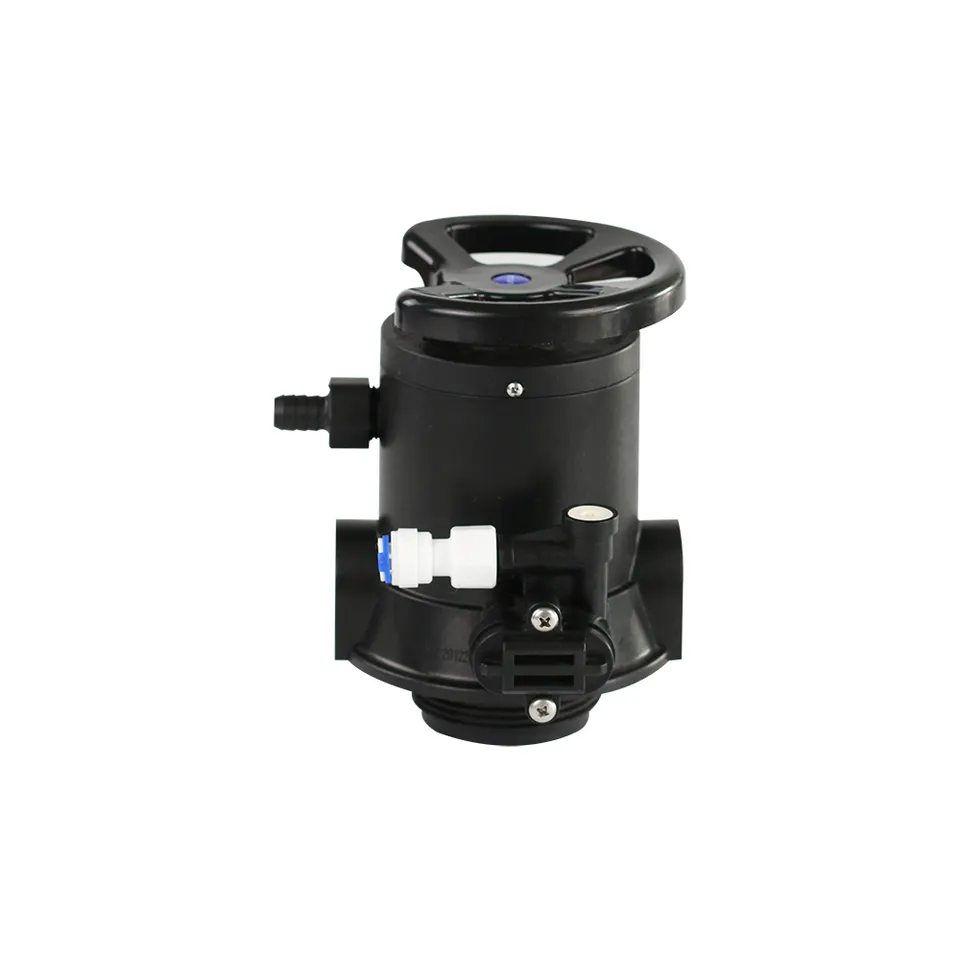
Fortunately, water filtration systems can play a vital role in reducing lead levels in drinking water. The most effective type of filtration system for lead removal is activated carbon filters. These filters are designed to trap and absorb contaminants, including lead, as water passes through them. Activated carbon filters have a high surface area, allowing them to capture a wide range of impurities, including organic compounds and heavy metals like lead.
However, it is important to note that not all water filtration systems are created equal. Some filters may claim to remove lead but may not be certified or tested to do so effectively. To ensure the removal of lead, it is crucial to look for water filtration systems that are certified by independent organizations, such as the National Sanitation Foundation (NSF). The NSF certification ensures that the filtration system has undergone rigorous testing and meets specific standards for lead removal.
| Mode | MF2 | MF2-H | MF4 | MF4-B | MF10 | AF2 & AF2-H | AF4 | AF10 |
| Regeneration mode | Manual | Automatic | ||||||
| Timer by day: 0-99days | ||||||||
| Timer by hours: 0-99hours | ||||||||
| Inlet | 3/4” | 3/4” | 1” | 1” | 2” | 1/2”, 3/4”, 1” | 1” | 2” |
| Outlet | 3/4” | 3/4” | 1” | 1” | 2” | 1/2”, 3/4”, 1” | 1” | 2” |
| Drain | 3/4” | 3/4” | 1” | 1” | 2” | 1/2”, 3/4”, 1” | 1” | 2” |
| Base | 2-1/2” | 2-1/2” | 2-1/2” | 2-1/2” | 4” | 2-1/2” | 2-1/2” | 4” |
| Riser pipe | 1.05”OD | 1.05”OD | 1.05”OD | 1.05”OD | 1.5”D-GB | 1.05”OD | 1.05”OD | 1.5”D-GB |
| Water Capacity | 2m3/h | 2m3/h | 4m3/h | 4m3/h | 10m3/h | 2m3/h | 4m3/h | 10m3/h |
| Working Pressure | 0.15-0.6MPa | |||||||
| Working Temperature | 5-50 °C | |||||||
| Power Supply | AC100-240V/50-60Hz DC12V-1.5A | |||||||
Reverse osmosis filtration systems are another effective option for lead removal. These systems use a semipermeable membrane to remove impurities, including lead, from the water. Reverse osmosis is a highly efficient process that can remove up to 99% of lead particles, making it an excellent choice for those concerned about lead contamination.
While activated carbon and reverse osmosis filters are highly effective in removing lead, it is important to consider the maintenance and replacement requirements of these systems. Filters need to be regularly replaced to ensure optimal performance. Neglecting filter replacement can lead to reduced effectiveness and potential recontamination of the water supply.
In addition to using water filtration systems, it is also essential to address the root cause of lead contamination. If your home has old plumbing or lead-based solder, it may be necessary to replace these components to prevent further lead leaching into the water. Regular testing of your water supply can also help identify any potential sources of lead contamination.
In conclusion, water filtration systems, particularly activated carbon and reverse osmosis filters, are highly effective in removing lead from drinking water. However, it is crucial to choose certified systems and regularly maintain and replace filters to ensure optimal performance. Additionally, addressing the root cause of lead contamination in your home is essential for long-term protection. By taking these steps, you can have peace of mind knowing that you are providing your family with safe and clean drinking water, free from harmful lead contaminants.

